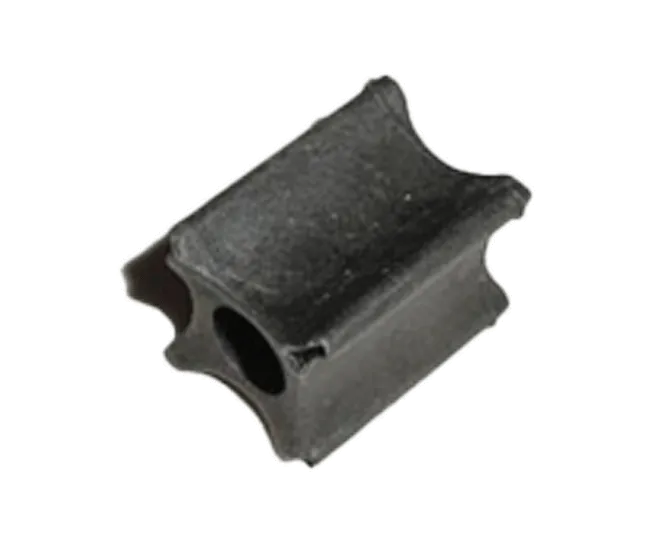Products Description
Base Plate Spacers: Precise Guardians of Reinforcement Cover
In the construction of reinforced concrete structures, the precise control of cover thickness is a core link in ensuring structural durability and load-bearing capacity. Base plate spacers, as supporting products specifically designed for reinforcement cover, have become indispensable detail guarantees in concrete construction due to their targeted structural design and reliable performance.
I. Core Product Attributes
Base plate spacers are made of high-strength modified plastics through precision injection molding. The material has excellent compressive strength and weather resistance, which can maintain a stable shape under the pressure of concrete pouring and in the later service environment, avoiding deviations in cover thickness caused by deformation.
Compared with traditional mortar spacers, plastic base plate spacers have significant advantages: their surface is smooth and burr-free, which will not scratch the anti-rust layer on the surface of steel bars; they are light in weight and regular in structure, facilitating quick placement and adjustment by construction workers; at the same time, the plastic material itself is non-absorbent and non-weathering, which can maintain dimensional stability for a long time, ensuring that the cover thickness always meets the design standards throughout the building's life cycle.
II. Core Functions and Applications
The core function of base plate spacers is to precisely control the thickness of reinforced concrete cover: after the binding of base plate steel bars is completed, the spacers are placed between the steel bars and the formwork at a certain interval, and the steel bars are supported by the height of the spacers, so that the steel bars and the formwork maintain a preset distance, thereby forming a uniform and qualified cover after concrete pouring.
This function makes it widely used in various concrete base plate construction scenarios, including:
- Large load-bearing structures such as building basement base plates and raft foundations, ensuring that the cover thickness of the bottom steel bars meets the requirements of impermeability and crack resistance;
- Positioning of steel bars in horizontal components such as floor slabs and bearing platforms, preventing the steel bars from sinking due to their own weight or pouring impact, resulting in too thin cover;
- Base plates of underground pipe corridors and comprehensive 管沟 s in municipal engineering, ensuring the durability of the structure in a humid environment.
III. Specification Sizes and Adaptive Design
To adapt to different design requirements of cover thickness, base plate spacers provide 5 standardized sizes to meet the diverse needs from thin layers to medium-thick layers:
- 15×15mm: Suitable for light floor slabs with relatively thin cover thickness requirements;
- 15×20mm: Commonly used in the base plate foundations of ordinary civil buildings;
- 25×30mm, 25×35mm: Adapt to industrial buildings and municipal engineering base plates with medium loads;
- 40×45mm: Designed for heavy-duty structures or base plate covers with special anti-corrosion requirements.
Each size of spacer has undergone pressure testing to ensure that it will not break or have obvious deformation under the dual pressure of steel bars and concrete, providing solid support for the precise control of cover thickness.
Summary
Although base plate spacers are small accessories, they are directly related to the safety and durability of reinforced concrete structures. With the inherent advantages of plastic materials and targeted functional design, they simplify the cover control process and improve construction efficiency and quality stability. In the modern construction field pursuing refined construction, base plate spacers are using their "small but precise" characteristics to build a solid detail defense line for the structural safety of every project.



